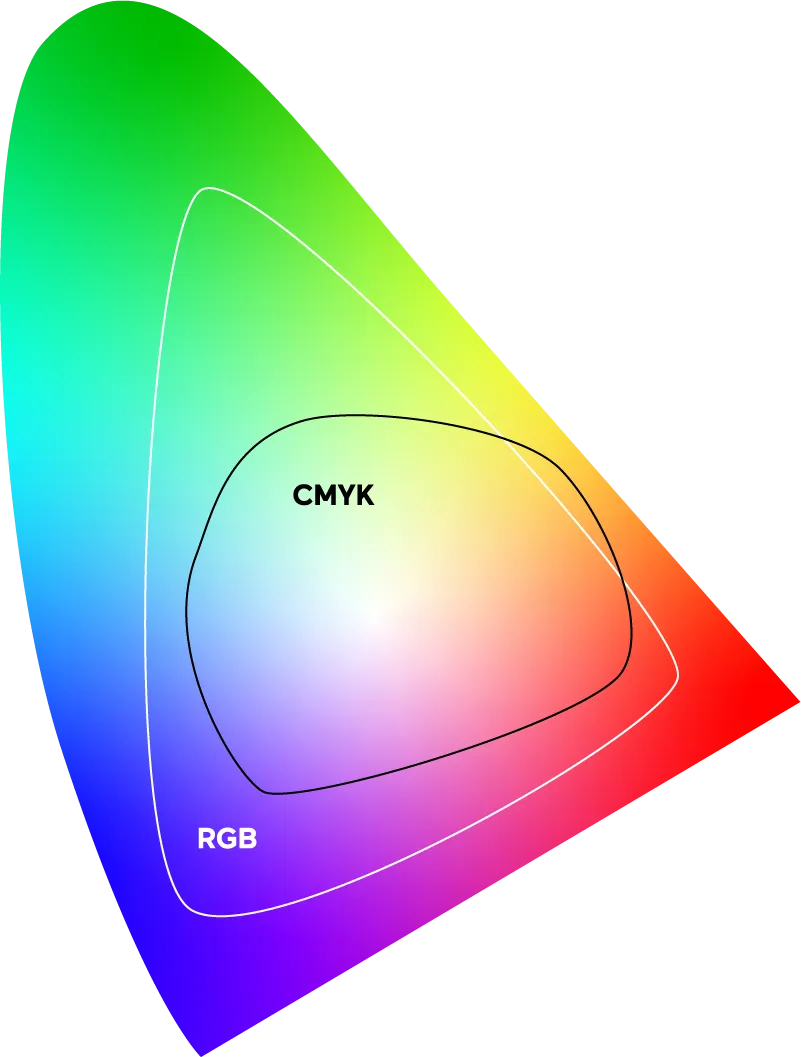Intelligent image optimisation
Image optimisation for perfect photo products
With intelligent image optimisation, we enhance your images to get the most out of them. State-of-the-art algorithms analyse your images intelligently and optimise them individually.

“Our aim is always to make your photos look as good as possible.”
Roland Schiess, Head of digital production
Benefits

Removes noise and JPEG compression artefacts

Local and global brightness correction reveals hidden details such as underexposed faces

Corrects colour distortions due to poor lighting conditions or sub-optimal camera settings

Adjusts sharpening and smoothing locally to specific image areas

Local and global contrast correction intelligently reworks dull and underexposed photos

Precise detection and removal of red eyes


Why should I activate intelligent image optimisation?

Images are displayed on the screen with the three primary colours RBG (red, green, blue) and enhanced using the monitor backlight.
For printing on paper, the RGB colours are converted into the four primary colours CMYK (cyan, magenta, yellow, black), which require light to become visible. As can be seen in the graphic, the CMYK colour space is much smaller than the RGB colour space and can therefore display fewer colours.
Colours that are placed in the RGB colour space outside of the CMYK colour space will show a difference to the screen when printed.
In addition, printed images will generally appear somewhat less saturated and rich in contrast on the paper. We therefore recommend activating intelligent image optimisation to counteract this.
Worth knowing: Intelligent image optimisation can only be applied to all images in your project. Thanks to the analysis, good images are optimised very little or not at all.
In which case do we not recommend intelligent image optimisation?
We do not recommend image optimisation if you have already edited your images in a specific image editing program.
In addition, manually editing your photos in the photo book software or in the online editor after activating intelligent image optimisation will affect the result.






